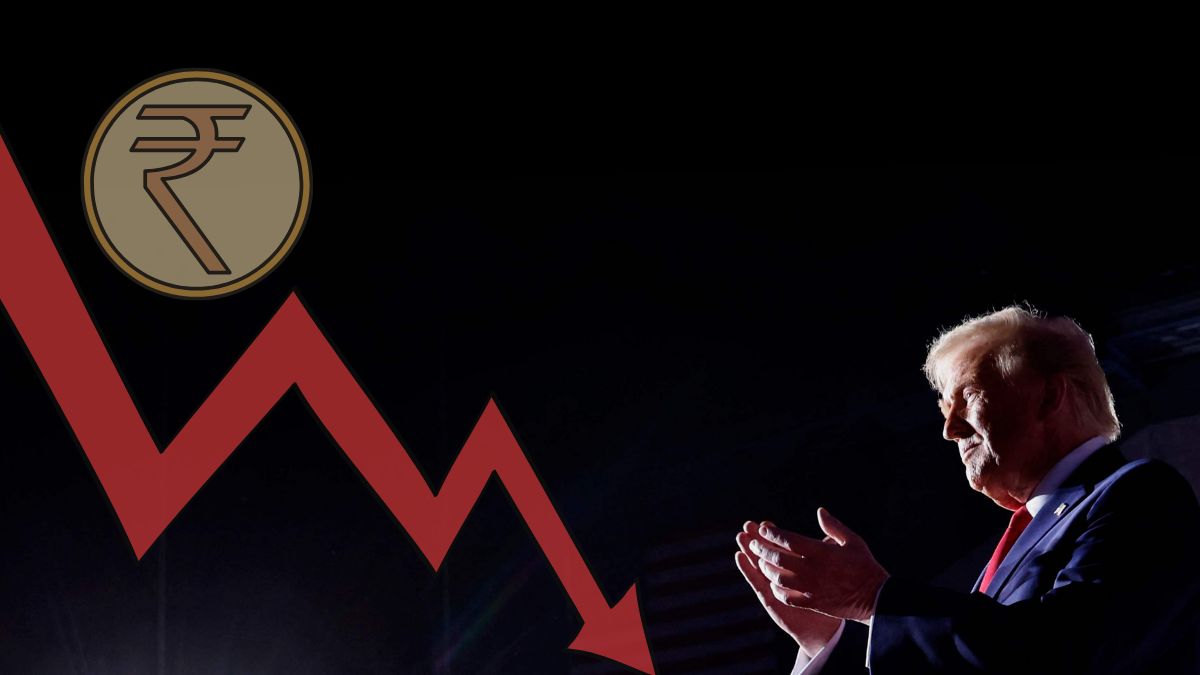More companies say they will use salary sacrifice schemes to structure their staff pension arrangements to reduce the impact of tax changes announced at the Budget.
Businesses including J Sainsbury, JD Wetherspoon and BT have this week attacked chancellor Rachel Reeves’ plans to raise up to £25bn a year by increasing employers’ national insurance contributions from next April.
The move has triggered a flurry of interest in salary sacrifice schemes, in which employees give up a portion of their salary in exchange for their employer paying those funds directly into their pension.
The arrangement, well established among larger employers, but much less common among smaller businesses, enables employees to pay less income tax as they receive a lower headline salary. However, as employers’ national insurance is not levied on staff pension contributions, companies now have more of an incentive to use these schemes.
In the wake of the Budget, more than one in five owners of small and medium-sized businesses said they were now “more inclined” to use salary sacrifice arrangements on pension contributions, according to a survey of about 900 UK companies commissioned by the Global Payroll Association.
From April, the salary threshold at which employers start paying NI will be cut from £9,100 to £5,000, and the tax rate will rise from 13.8 to 15 per cent.
Nick Bustin, employment tax director at chartered accountant Haysmacintyre, said conversations with clients in the days since the Budget had “almost exclusively been around pensions salary sacrifice”.
While some smaller firms will be able to use the enlarged employment allowance to mitigate NI increases, not all of them will satisfy the criteria. “We’re talking to low headcount tech companies, health sector organisations and the education sector,” he said.
Smaller firms have traditionally shied away from such schemes because of the complication it adds to their payroll process, but advisers said this was now likely to change.
“Historically it’s not been worth the hassle for them,” said Robert Salter, director at business advisory firm Blick Rothenberg, adding: “What I suspect is that smaller companies over the next few weeks will look at salary sacrifice.”
Under the current auto-enrolment pension rules, the total minimum contribution for a qualifying pension scheme is 8 per cent of an employee’s earnings — 3 per cent of which must be paid by the employer. All 8 per cent — or higher depending on the pension policy — is paid by the employer when an employee uses a pension salary sacrifice scheme.
“A critical question in all cases is what happens to the employer NI costs that are saved: generous employers give it all back to the employee in extra pension contributions but this isn’t always the case,” said Tom McPhail, pensions specialist at consultancy The Lang Cat.
Steven Leigh, associate partner at professional services firm Aon, calculates that a small company with 10 employees each earning £35,000 would suffer a £9,200 rise in its NI bill following the Budget changes.
But by paying 5 per cent of its employees’ income into pensions instead of wages, the company would save £2,625, offsetting about 30 per cent of the increase in employer NICs. The employees would save about £140 a year in employee NICs.
“The majority of companies with 100-plus employees would offer this already,” Leigh said. “For those firms that don’t offer it, it’s become even more of a no-brainer.”
In assessing the merits of salary sacrifice schemes, advisers warn that employers must be careful not to lower employees’ cash earnings below the minimum wage.
“It’s a big risk that firms need to consider,” said Neil Carberry, chief executive of the Recruitment & Employment Confederation, a trade body for recruiters. “Minimum wage is up 26 per cent in the past three years — salaries above £20,000 can be swept up.”
Employees should also be mindful of their statutory maternity pay, Leigh adds. “Statutory maternity pay is linked to salary at a particular point in time. So if somebody were to be using salary sacrifice, their salary might fall below a certain level, which might mean they have a lower level of statutory maternity pay further down the line.”
For higher earning staff, the benefits of salary sacrifice include being able to navigate frozen income tax thresholds by saving more into a pension. Staff on the cusp of the £60,000 threshold, where Child Benefit starts to be withdrawn, could save more into their pension and keep more of their benefits. Similarly, parents on the cusp of £100,000 could be able to keep valuable childcare benefits including tax-free childcare and “free” hours of childcare.
Additional reporting by Claer Barrett










































































































































































You must be logged in to post a comment Login